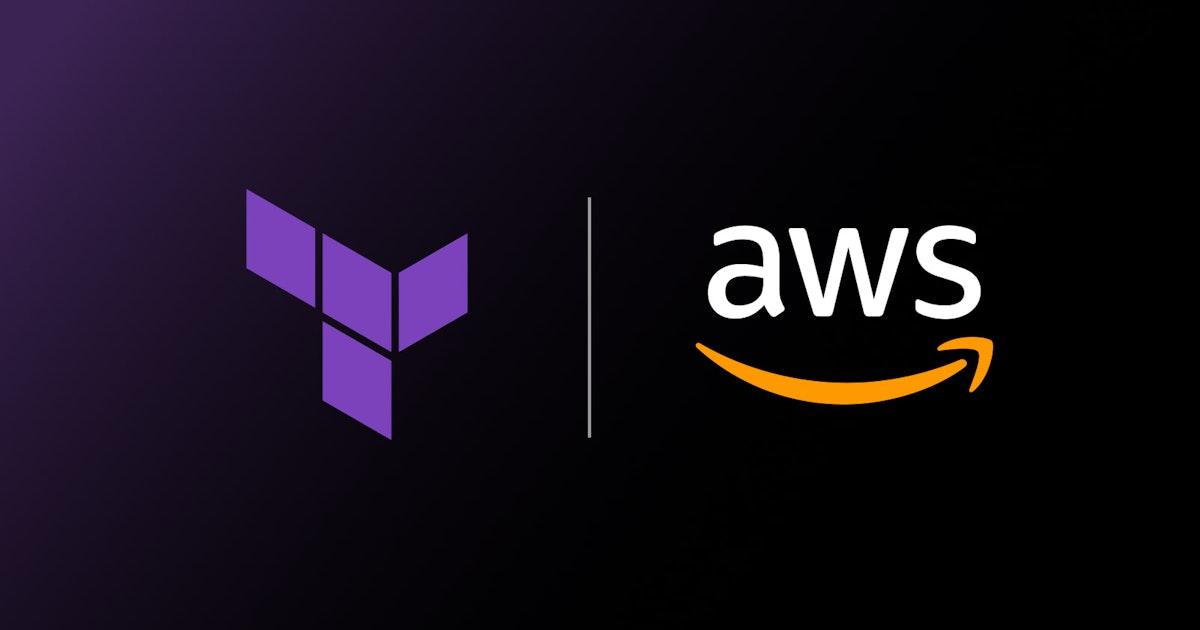The Pain Points of VPNs in Enterprise IT Analysis Report
5W1H Analysis
Who
Key individuals and organisations involved include IT professionals, enterprise IT departments, cybersecurity firms, and VPN service providers. Stakeholders also involve customers and businesses relying on VPNs for secure network access.
What
The article discusses the limitations of Virtual Private Networks (VPNs) in securing remote access within dynamic enterprise IT environments. While VPNs are effective for basic security, they are not sufficient for comprehensive protection in complex settings.
When
The discussion is framed in the context of ongoing developments in IT security, with the publication date being 15 May 2025.
Where
The issues pertain globally, affecting enterprises across various markets that employ VPNs for remote work and network security.
Why
The primary reason for these limitations is the evolving complexity of IT environments that require more robust and flexible security solutions than what VPNs alone can offer.
How
VPNs traditionally secure communication between remote users and corporate networks; however, they struggle with scalability and adapting to modern hybrid and multi-cloud environments.
News Summary
VPNs remain a staple for ensuring secure remote access to enterprise networks. Nonetheless, they fall short in addressing the full spectrum of needs within modern, intricate IT settings. VPNs can efficiently create secure connections but are limited in their adaptability to dynamic and distributed IT environments, necessitating more advanced solutions as part of a comprehensive cybersecurity strategy.
6-Month Context Analysis
In the past six months, there has been a growing acknowledgment of the insufficiencies of traditional VPN solutions within the cybersecurity sector. Many enterprises have begun examining zero-trust architecture models, which offer more granular access control and are seen as essential for advanced protection in cloud-centric and remote work contexts.
Future Trend Analysis
Emerging Trends
The shift towards zero-trust architecture and more integrated security solutions is becoming pronounced. Businesses are leaning towards systems that offer identity and access management (IAM) alongside traditional VPN capabilities.
12-Month Outlook
Over the next year, expect an increased move towards zero-trust implementations and investments in robust cybersecurity infrastructures that extend beyond VPNs to accommodate growing network complexities.
Key Indicators to Monitor
Monitor the adoption rate of zero-trust models and investment levels in advanced enterprise security solutions. Additionally, watch for innovations in VPN technologies and related cybersecurity tools.
Scenario Analysis
Best Case Scenario
Enterprises successfully integrate zero-trust models with existing VPNs, resulting in strengthened cybersecurity postures and reduced network vulnerabilities across dynamic IT environments.
Most Likely Scenario
Many organisations begin transitioning to a hybrid security model, combining VPNs and advanced cybersecurity tools while experiencing a phased implementation and adaptation period.
Worst Case Scenario
Failure to implement more comprehensive security models could leave organisations vulnerable to cyber-attacks, resulting in data breaches and operational disruptions.
Strategic Implications
For enterprises, there is a strategic imperative to reassess security infrastructures. It's crucial to consider adopting more versatile systems that accommodate the dynamic nature of modern IT environments. Stakeholders should prioritise education on emerging security architectures and allocate resources for upgrades and training.
Key Takeaways
- IT departments must evaluate the adequacy of current VPN systems within evolving enterprise contexts (Who/What).
- International markets are recognizing the need to transition beyond traditional security solutions (Where).
- Enterprises must invest in zero-trust architecture and other advanced security measures (Why).
- CFOs and CIOs should closely monitor cybersecurity advancements to make informed financial decisions (Who/Why).
- Security policies should be reviewed regularly to ensure they meet modern cybersecurity demands (What/How).













Discussion